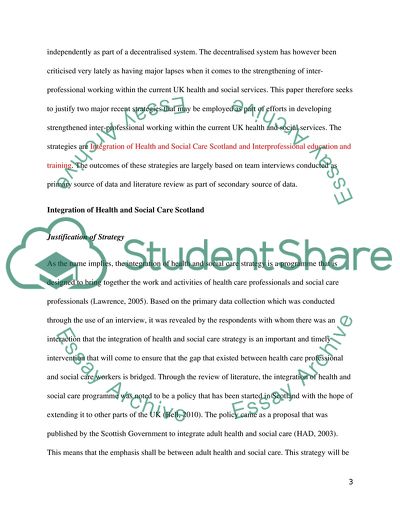Cite this document
(Integration of Health and Social Care Scotland and Interprofessional Coursework, n.d.)
Integration of Health and Social Care Scotland and Interprofessional Coursework. https://studentshare.org/health-sciences-medicine/1819072-ipe-essay
Integration of Health and Social Care Scotland and Interprofessional Coursework. https://studentshare.org/health-sciences-medicine/1819072-ipe-essay
(Integration of Health and Social Care Scotland and Interprofessional Coursework)
Integration of Health and Social Care Scotland and Interprofessional Coursework. https://studentshare.org/health-sciences-medicine/1819072-ipe-essay.
Integration of Health and Social Care Scotland and Interprofessional Coursework. https://studentshare.org/health-sciences-medicine/1819072-ipe-essay.
“Integration of Health and Social Care Scotland and Interprofessional Coursework”. https://studentshare.org/health-sciences-medicine/1819072-ipe-essay.


